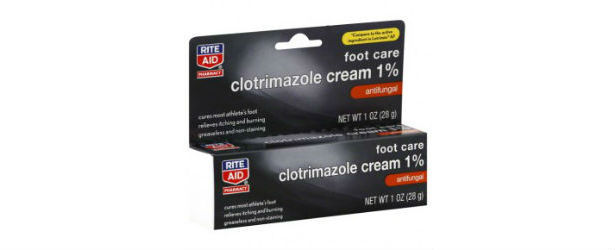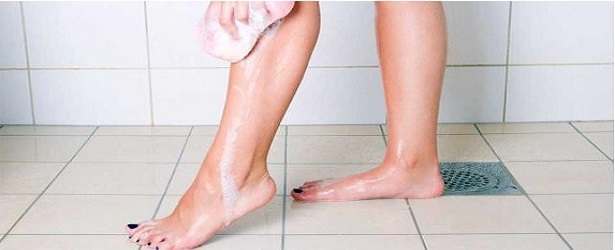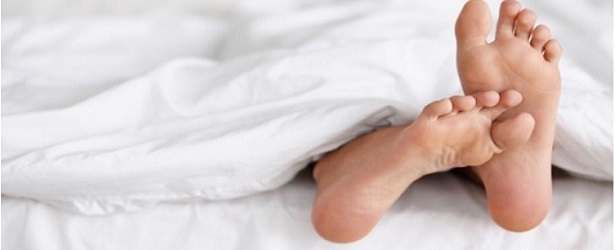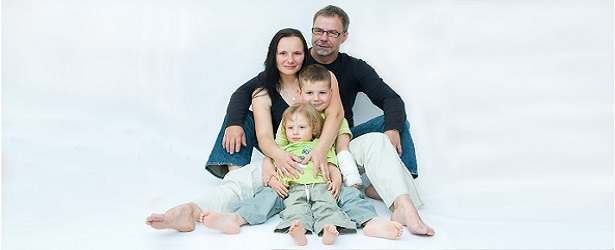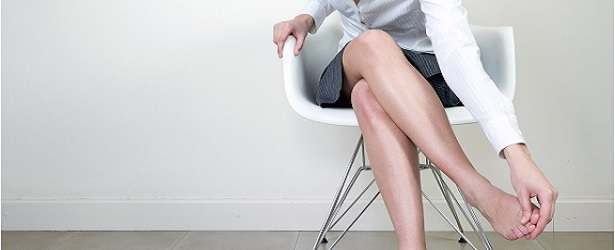
Medical Treatment for Athlete’s Foot
See a Doctor
If you think you may have athlete’s foot, otherwise known as tinea pedis, it is important to see your doctor for a proper diagnosis. Your medical provider will ask you to discuss any previous infections and describe your current symptoms. Make sure you provide a complete history.
Your doctor might take a nail or skin sample if your symptoms look unusual or if this is a returning infection. He or she will obtain this sample by using a microscope slide to lightly scratch your skin. Your doctor may also trim your nails for a sample. Laboratory tests will be performed to confirm and identify the fungus.
A biopsy may be performed, but only in very rare cases.
 Treatment
Treatment
To start, your doctor may recommend using an over-the-counter anti-fungal ointment like terbinafine, clotrimazole, tolnaftate, or miconazole. These are all creams that you will apply to the infected areas.
The next step will be to try prescription antifungal medications. Some are applied topically, like butenafine, naftifine, and clotrimazole. Oral antifungals include itraconazole, fluconazole, and terbinafine. These are taken in a capsule form.
Usually, your doctor won’t prescribe an oral anti-fungal because they may cause serious side effects and are quite expensive.
As with all antibiotics, even if you think the infection is gone, you must follow your doctor’s orders and take the medicine exactly as prescribed. If you don’t, there’s a good chance the infection will resurface.
Types of Athlete’s Foot
There are a few different types of athlete’s foot. They include:
- Toe Web: The most common infection, it usually occurs between your toes. If you think you have toe web, use nonprescription antifungals and dry and clean your feet often.
- Moccasin-type infections: These are so-named because your skin takes on a scaly, thick look, much like the skin of a snake. This type of infection is really hard to eradicate because it’s on the foot’s sole where the skin is really thick. Since it is difficult to get rid of, you may need a prescription anti-fungal ointment.
- Blisters: Also known as vesicular infections, these are usually on your instep. They will also sometimes occur on the top of the foot, the bottom of your foot, heel, or between the toes. This could also be caused by bacteria, but it is very uncommon. Since it is more serious:
- The blister may need to be removed.
- You or your doctor will have to dry the blister out. You can usually do this by using a Burow’s solution to soak your feet for a few days. After the blister is dry, you can use an anti-fungal cream.
- If the infection is caused by bacteria, you’ll need to take an antibiotic as well.
- If your infection is really bad, your medical provider may also give you corticosteroid pills.
Recurrence
There are a number of reasons that athlete’s foot may return. As discussed above, if you do not take your medicine as prescribed, you are increasing the chance of the infection returning. The other issue may be that you are not doing enough to prevent the fungal infection.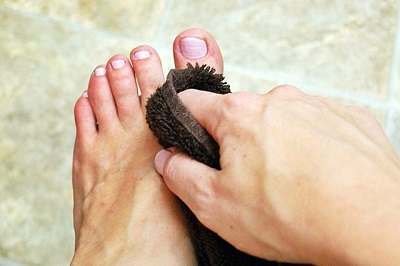
The ways to prevent a fungal infection are:
- Let your feet breathe by wearing shoes or sandals.
- Always dry the area between your toes.
- Go barefoot as much as possible when you’re at home.
- Change your socks whenever they get damp.
- Powder your feet with an anti-fungal powder or talcum.
- Let your shoes air out at least every other day.
- Wear flip flops when you’re at a public pool or shower.
Final Thoughts
Many don’t get their athlete’s foot treated because they don’t notice it or are not bothered by the symptoms. However, the longer you let the infection linger, the higher the chance that you may get a bacterial infection that will require medical treatment.
Also, keep in mind that if you have an infection, you may be spreading it to others.
TOP 5
ATHLETE'S FOOTTreatments |
|||||
| Athlete's Foot Clear | Naturasil | Healing Natural Oils | Forces of Nature | DeSensua | |
|---|---|---|---|---|---|
| 1 | 2 | 3 | 4 | 5 | |
| Price (1 bottle) Price (6 bottles) *Best Value |
$49.95 $139.80 |
$31.30 $169.00 |
$29.95 $161.73 |
$34.85 $188.00 |
$23.99 $129.55 |
| Overall Rating | 99.30% | 82.20% | 79.40% | 74.80% | 66.30% |
| Effectiveness |      |      |      |      |      |
| Speed of Results | Extremely Fast | Good | Average | Slow | Slow |
| Quality of Ingredients | Premium | Good | Good | Average | Average |
| Customer Satisfaction Evaluation | 99.10% | 80% | 75% | 74% | 65% |
| Safety Evaluation | Safe for Use | Safe for Use | Safe for Use | Safe for Use | Safe for Use |
| Customer Service Rating |      |      |      |      |      |
| Reorder Rate | Highest | Good | Average | Average | Average |
| Return Policy | Risk Free | Risk Free | Risk Free | Risk Free | Unopened Only |
| Success Rate | 99.20% | 82% | 73% | 73% | 62% |

 Subscribe Now
Subscribe Now




